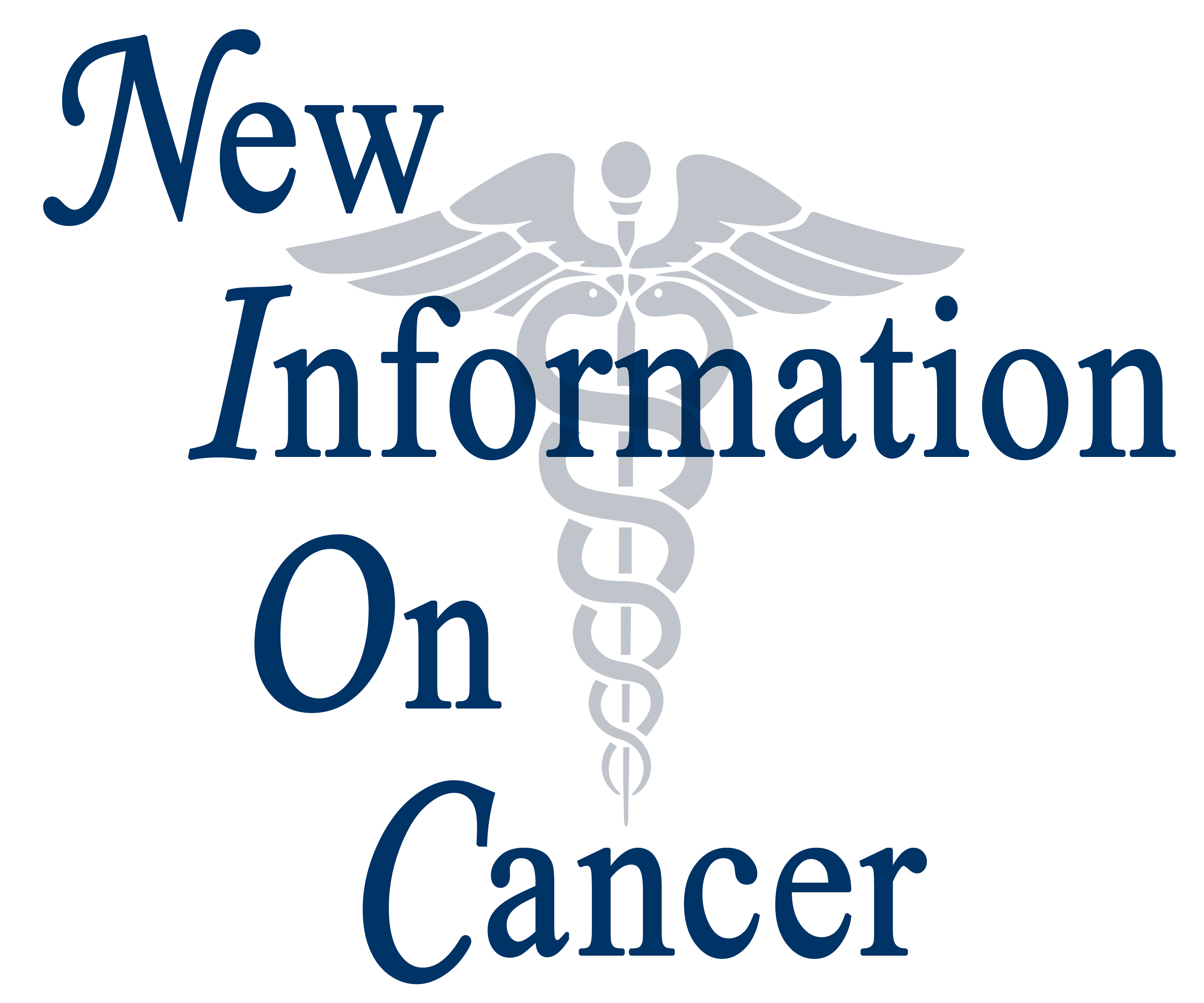Personalized treatments for the deadliest cancers could be on the horizon after scientists discovered what makes them grow and spread.
They are fueled by a phenomenon dubbed ‘chromosomal instability’ making them particularly aggressive.
Now an analysis of 7,880 tumors – representing 33 forms of the disease – has identified 17 different types of the process.
The ‘signatures’ predicted how they would respond to drugs and also established future potential medications.
© Provided by talker Personalized treatments for cancers caused by ‘chromosomal instability’ could save millions of lives. (Wikimedia Commons)
Lead author Dr. Florian Markowetz, of the Cancer Research UK Cambridge Institute, said: “The more complex the genetic changes that underlie a cancer, the more difficult they are to interpret and the more challenging it is to treat the tumor.
“This is tragically clear from the very low survival rates for cancers that arise as a result of chromosomal instability.
“Our discovery offers hope that we can turn things around, providing much more sophisticated and accurate treatments.”
Survival rates in these cancers are often less than ten percent. The breakthrough could revolutionize therapy.
DNA is packaged up into sets of chromosomes containing thousands of genetic instructions.
The study found tumors with more ‘chromosomal chaos’ – the ability to alter thousands of genetic instructions – were the most aggressive.
They develop resistance to chemotherapy drugs, can hide from the immune system – and move to other tissues in the body.
By understanding chromosomal instability, the international team can find ways to stop it.
Dr Markowetz said: “With Tailor Bio, we are now working hard to bring our technology to patients and develop it to a level where it can transform patients’ lives.”
The spin-out company aims to build a new pan-cancer precision medicine platform – leading to better drugs for a wide range of cancers.
Tailor Bio’s co-founders @markowetzlab @gjmacintyre have published their research on pan-cancer chromosomal instability (CIN) signatures in Nature. This represents a step-change in understanding some of the deadliest types of #Cancer. https://t.co/k0sNWRQ3Us 1/4
— Tailor Bio (@TailorBio) June 15, 2022
Patients will be grouped according to their cancer type more accurately – ensuring the best, most targeted treatment.
Using data from The Cancer Genome Atlas, the researchers looked for variations in the number of DNA repetitions of given sequences or regions.
The findings provide the first ‘framework’ to interpret larger, more complex patterns of genetic changes seen in chromosomal instability.
Our genetic code is stored on 23 pairs of chromosomes, the ‘chapters’ that make up the genome.
When it gets copied, they can become unstable. Segments of DNA get duplicated, deleted, or re-arranged.
Chromosomal instability is a common feature of cancer – occurring in around 80 percent of cases.
The jumble of fragments is difficult to read in any given tumor. Instead, tumors are categorized broadly as having high or low chromosomal instability.
The study in the journal Nature helps untangle them – opening the door to improving outcomes for millions of patients worldwide.
Dr. Markowetz said: “The signature compendium presented here is an important resource to guide future studies into a deeper understanding of the origins and diversity of chromosomal instability and how to therapeutically target different types.”
by: Mark Waghorn via SWNS
posted on: Talker


